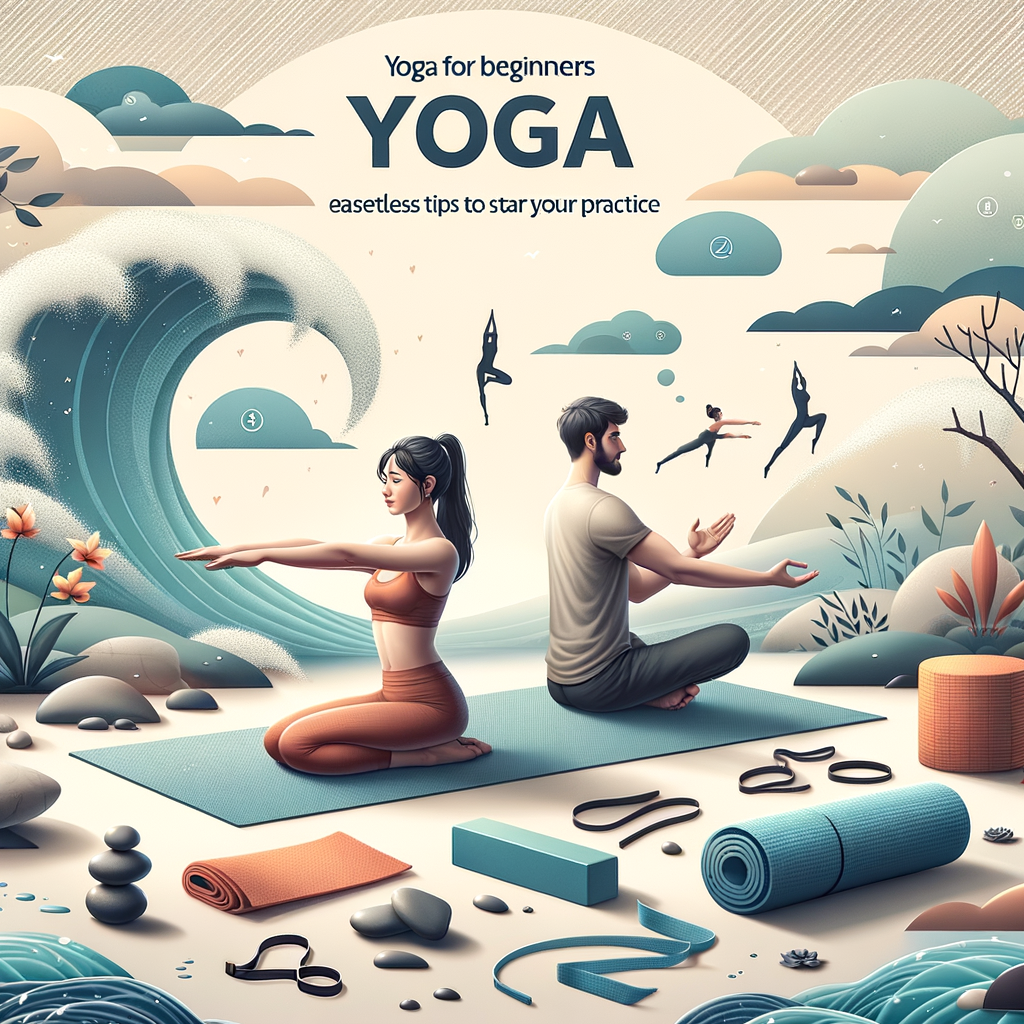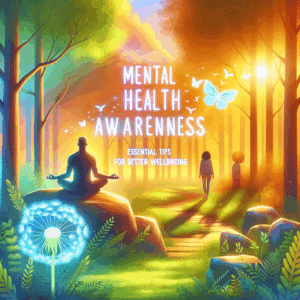
Yoga for Beginners: Effortless Tips to Start Your Practice
- Getting Started with Yoga: An Introductory Guide for Beginners
- Discover the Right Style of Yoga for You
- Equip Yourself with the Essentials
- Exploring Basic Yoga Poses: Building Your Foundation
- Practice Mindful Breathing Techniques
- Cultivate a Consistent Practice Routine
- Overcoming Challenges and Staying Motivated
- Connecting with the Yoga Community
- Listening to Your Body and Practicing Mindfully
Getting Started with Yoga: An Introductory Guide for Beginners
Are you a beginner looking to embark on a journey of health and mindfulness through yoga? Congratulations on taking this empowering step towards enhancing your well-being! Yoga is a fantastic practice that not only strengthens the body but also nurtures the mind and spirit. If you’re new to yoga, getting started can seem a bit daunting, but fear not! With a few effortless tips and some guidance, you’ll be well on your way to embracing all the benefits that yoga has to offer.
Discover the Right Style of Yoga for You
Before you roll out your mat, it’s essential to understand that yoga comes in various styles, each catering to different needs and preferences. Hatha yoga is an excellent starting point for beginners as it provides a foundation in basic yoga poses and breathing techniques. If you’re looking for a more vigorous practice, Vinyasa or Ashtanga yoga may be the way to go. Restorative yoga is perfect for those seeking a gentle, relaxing experience. Explore different styles and find one that resonates with you.
Equip Yourself with the Essentials
When starting your yoga journey, you don’t need a fancy studio or expensive equipment. All you need is a comfortable mat that provides ample cushioning and a non-slip surface. Wear clothing that allows you to move freely and comfortably. Additionally, having a water bottle nearby and maybe a yoga block or strap for support can be beneficial. Most importantly, bring an open mind and a willingness to learn and grow through your practice.
Transitional words like “furthermore” and “meanwhile” help to link ideas seamlessly, guiding you from one point to the next within the text.
—
Exploring Basic Yoga Poses: Building Your Foundation
As a beginner, mastering foundational yoga poses will set a strong base for your practice. Downward Facing Dog, Child’s Pose, Mountain Pose, and Warrior Poses are among the fundamental asanas that you’ll encounter frequently in yoga classes. These poses not only improve flexibility and strength but also teach you proper alignment and breathing techniques.
Practice Mindful Breathing Techniques
Breath awareness is a vital component of yoga practice. Learning to synchronize your breath with movement not only enhances the physical benefits of yoga but also helps calm the mind and reduce stress. One of the simplest breathing techniques to start with is the Ujjayi breath, also known as ocean breath. This deep, audible breath not only increases oxygen flow but also focuses the mind and creates a meditative state during practice.
Cultivate a Consistent Practice Routine
Consistency is key when it comes to reaping the full benefits of yoga. Set aside a specific time each day for your practice, whether it’s in the morning to invigorate your day or in the evening to unwind and relax. Even a short daily practice can make a significant difference in your overall well-being. Remember, progress in yoga is not about perfection but about showing up on your mat with dedication and commitment.
By incorporating active voice and concise sentences, the content becomes more engaging and easier to read for beginners.
—
Overcoming Challenges and Staying Motivated
Starting any new practice comes with its challenges, and yoga is no exception. It’s normal to feel unsure or unsteady in certain poses, especially as a beginner. Remember that yoga is a personal journey, and progress is unique to each individual. Embrace the process, be patient with yourself, and celebrate your small victories along the way.
Connecting with the Yoga Community
Yoga is not just a physical practice but also a deeply enriching experience that fosters a sense of community and connection. Consider joining a yoga class or finding online resources that offer guidance and support. Engaging with fellow yogis can be inspiring and motivating, helping you stay committed to your practice.
Listening to Your Body and Practicing Mindfully
One of the most important aspects of yoga is listening to your body and practicing with mindfulness. Honor your body’s limitations and avoid pushing yourself beyond your edge. Injuries can occur when we ignore our body’s signals. Focus on building strength gradually, respecting your body’s needs, and approaching your practice with patience and self-compassion.
Utilizing lists and tables can help break down complex information and make it easier for beginners to absorb and apply.
—
Frequently Asked Questions (FAQs)
1. Is yoga suitable for all fitness levels?
– Yoga is adaptable and can be modified for various fitness levels. Consult with your instructor to customize your practice.
2. How often should I practice yoga as a beginner?
– Aim for at least 2-3 sessions per week to build consistency and progress in your practice.
3. I’m not flexible. Can I still do yoga?
– Absolutely! Yoga helps improve flexibility over time, and everyone starts at their own level.
4. What should I eat before a yoga session?
– Opt for light, easily digestible meals and stay hydrated before practicing yoga.
5. Can yoga help with stress and anxiety?
– Yes, yoga’s focus on breath and mindfulness can significantly reduce stress and anxiety levels.
6. Are online yoga classes effective for beginners?
– Online classes can be beneficial for beginners, offering convenience and accessibility to practice at your own pace.
7. How do I know if I’m doing a pose correctly?
– Seek guidance from a certified instructor to ensure proper alignment and execution of yoga poses.
8. Can pregnant women practice yoga?
– Prenatal yoga classes are tailored to support pregnant women and provide safe exercises for each trimester.
9. What are the benefits of a home yoga practice?
– Practicing at home allows flexibility in scheduling, comfort, and the opportunity for self-exploration in a familiar space.
10. What is the significance of Savasana (Corpse Pose)?
– Savasana is a final relaxation pose that promotes deep rest and integration of the benefits of your yoga practice.
References:
1. Yoga Basics. (https://www.yogabasics.com/)
2. Yoga Journal. (https://www.yogajournal.com/)
3. Yoga Alliance. (https://www.yogaalliance.org/)
In conclusion, starting your yoga journey as a beginner may seem challenging at first, but with dedication, patience, and a willingness to learn, you’ll find your practice evolving and enriching your life in myriad ways. Embrace the journey, stay open to new experiences, and remember that yoga is about progress, not perfection. Let your mat be your sanctuary, a place where you connect with your body, mind, and spirit. Begin your practice with joy, carry it with gratitude, and watch as it transforms you from within. Namaste.

